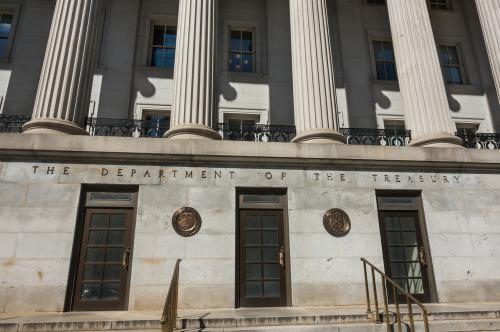The Brookings Institution is committed to quality, independence, and impact.
We are supported by a diverse array of funders. In line with our values and policies, each Brookings publication represents the sole views of its author(s).

Research
BPEA | 1993 No. 21993, No. 2
IN THE MID-1980s, when the dollar declined from its record highs, observers impatiently waited for the U.S. trade balance to respond. In the short run, instead of improving, the deficit continued to erode. Among economists, this sparked considerable research of both an empirical and theoretical nature. The empirical research appeared to uncover important differences in the behavior of U.S. and foreign firms that helped explain the sluggish response of the U.S. trade balance. U.S. exporters, it appeared, fixed their export prices in dollar terms and fully passed the exchange rate effects through into their foreign currency prices; indeed, as figure 1 shows, between 1985 and 1989 the U.S. export price index compiled by the Bureau of Labor Statistics (BLS) moved precisely in line with the domestic wholesale price index. As Paul R. Krugman and Richard E. Baldwin observe, this implied that measured in dollars, any rise in U.S. export values rested heavily on the demand responses of foreign buyers-a response that history suggested could take time.